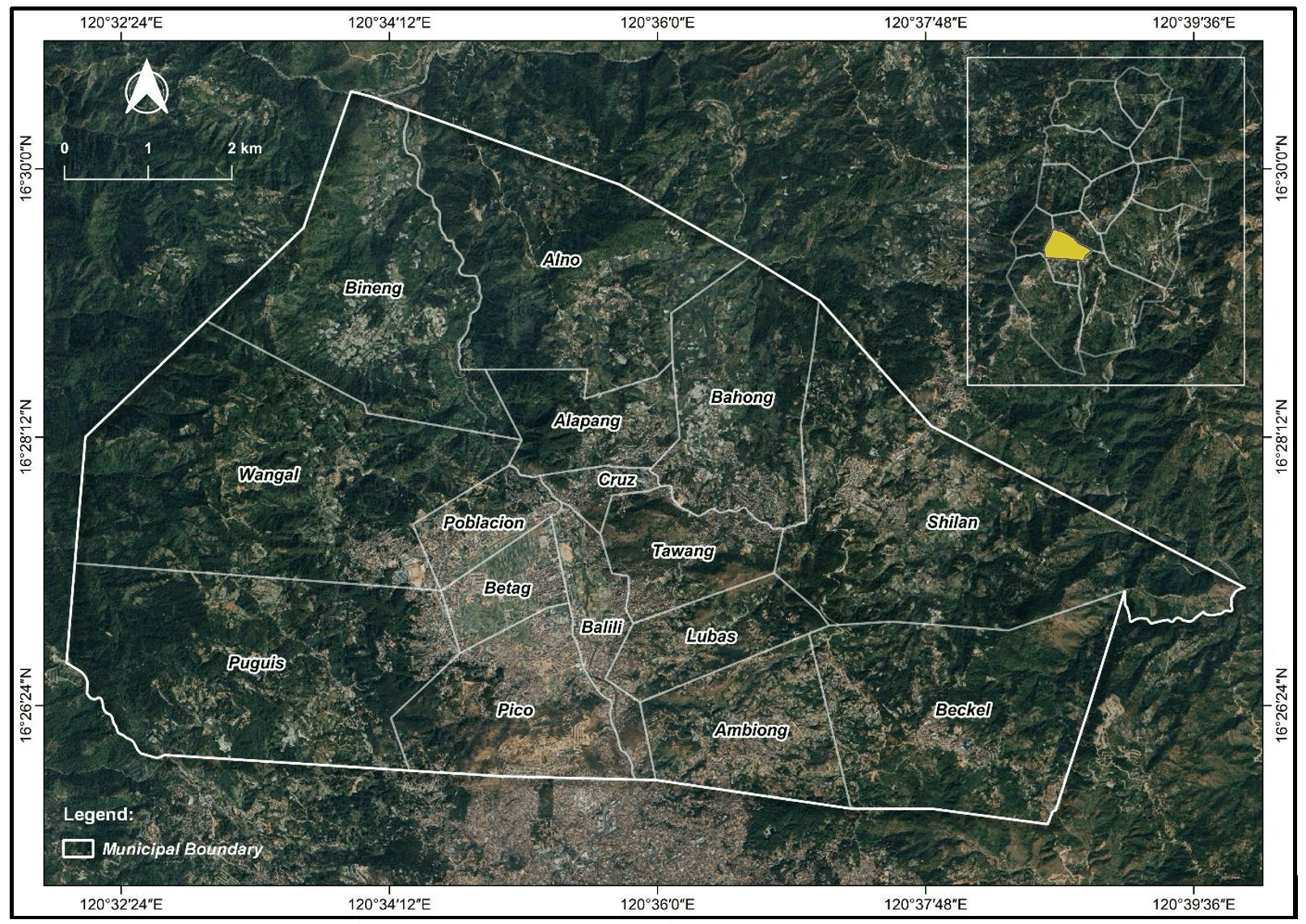VOLUME 18 NUMBER 2 (July to December 2025)

SciEnggJ. 2025 18 (2) 295-303
available online: 23 September 2025
DOI: https://doi.org/10.54645/2025182KKN-66
*Corresponding author
Email Address: ri.lumbres@bsu.edu.ph
Date received: 09 April 2025
Dates revised: 27 June 2025
Date accepted: 01 September 2025
ARTICLE
Landslide susceptibility analysis of La Trinidad, Benguet using logistic regression
Benguet 2601 Philippines
2College of Forestry, Benguet State University, La Trinidad,
Benguet 2601 Philippines
3College of Agriculture, Benguet State University, La Trinidad,
Benguet 2601 Philippines
The analysis and identification of landslide-prone areas are essential in minimizing the precarious impacts of landslide hazards, which can result in fatalities, damage to infrastructure, and destruction of natural resources. This study was conducted to analyze the landslide susceptibility of La Trinidad, Benguet by examining the relationship between the historical landslide occurrences and various factors (aspect, elevation, distance to rivers and roads, land use and land cover (LULC), lithology, normalized difference vegetation index (NDVI), precipitation, slope, and soil texture) using logistic regression. Landslide susceptibility map was divided into two categories: susceptible and not susceptible, through the binary classification method. The findings revealed that 6.06% of the total land area (463.54 ha) were susceptible to landslides while 93.94% (7,181.44 ha) were classified as not susceptible. The areas classified as susceptible to landslides exhibited characteristics often associated with human activity and development, such as a high population density, extensive settlements, and significant infrastructure. This suggests that human-induced factors, particularly road expansion and construction activities, contribute to slope instability in these locations. The analysis identified distance to road, slope, and NDVI as the most significant variables influencing landslide susceptibility in the study area, contributing 65.37%, 11.21%, and 8.01%, respectively. The logistic regression model showed excellent discriminative ability (ROC = 0.90) and suggests good model accuracy which is better than random chance (TSS = 0.66). The evaluation metrics indicated that the landslide susceptibility analysis was effective and accurately classified landslide-susceptible areas within the study area. The results of this study will provide significant information, highlighting the importance of integrating landslide susceptibility assessments to land-use planning, sustainable development, and disaster risk reduction.
© 2025 SciEnggJ
Philippine-American Academy of Science and Engineering